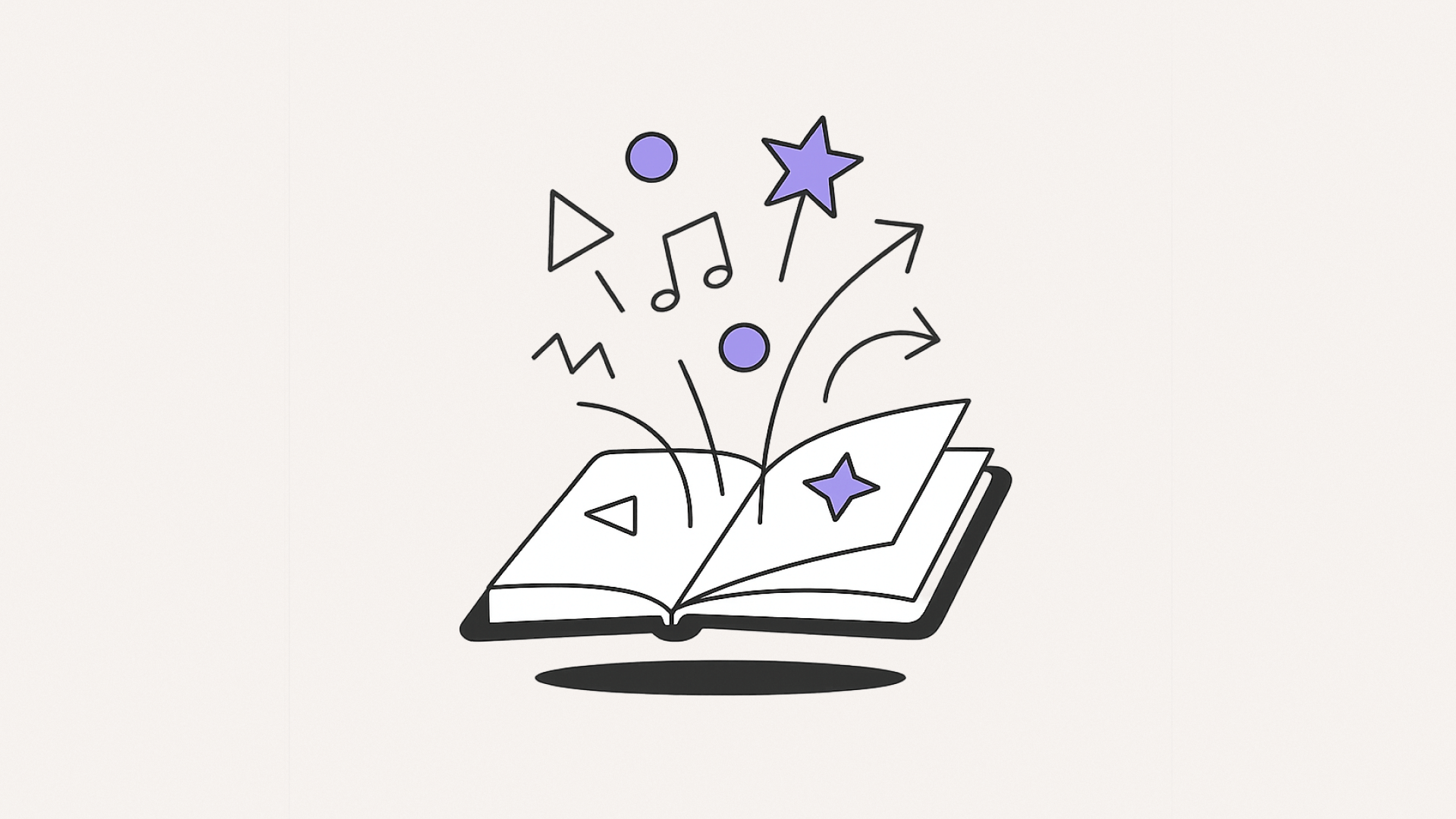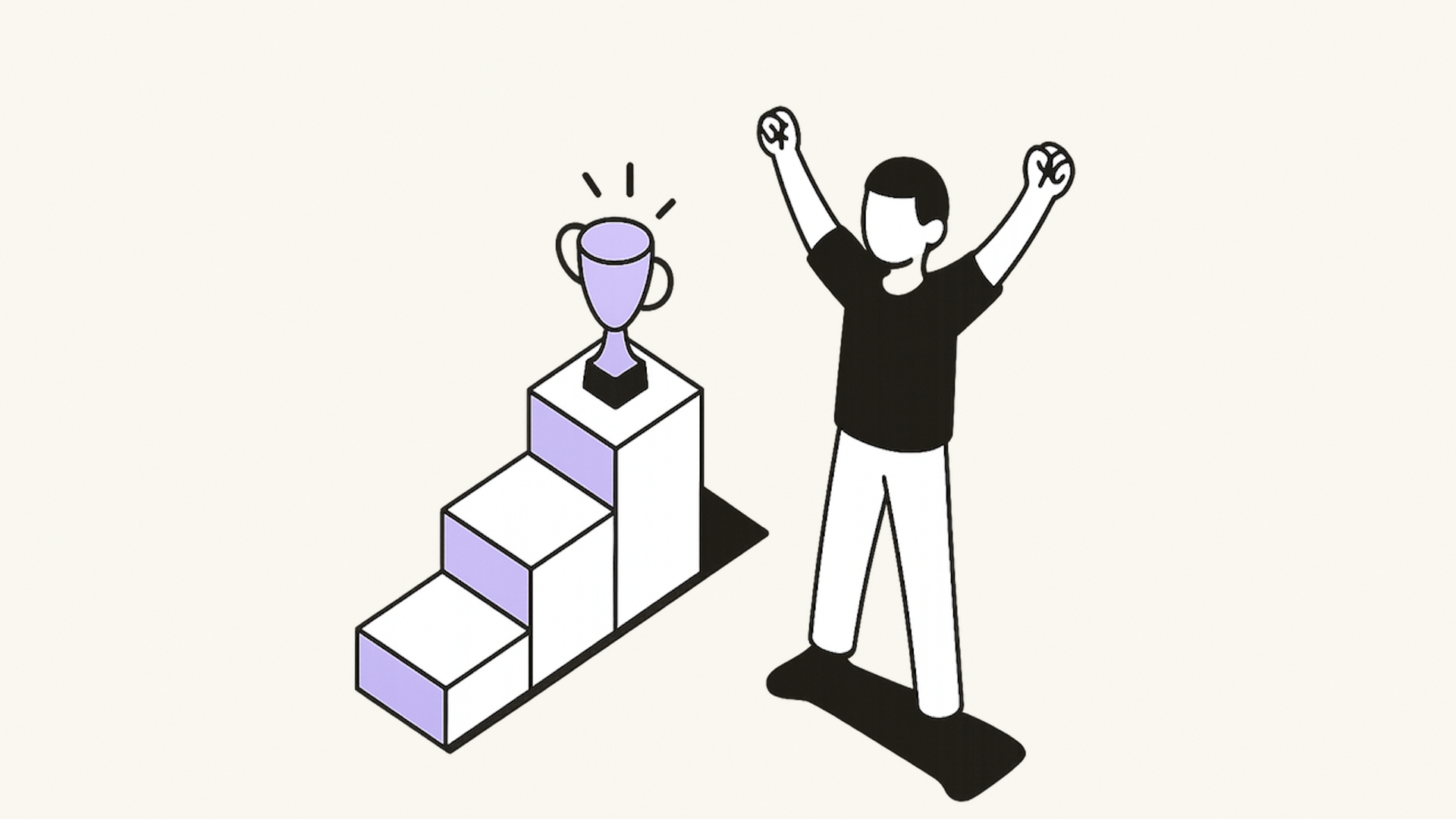Designing for sensory diversity in digital planning tools
Sensory-friendly design supports neurodivergent people by reducing overwhelm, honoring sensory needs, and making planning tools feel usable and safe.
Sensory-friendly design supports neurodivergent people by reducing overwhelm, honoring sensory needs, and making planning tools feel usable and safe.
Neurodiversity is at the forefront of our design thinking. Recognizing that individuals with ADD/ADHD may be sensory-seeking while those with ASC (Autism Spectrum Conditions) might be easily overwhelmed is crucial. So, how do we address this?
Stimulate, but don’t overwhelm: Achieving the right balance is paramount. For our ADD/ADHD audience, we aim to offer stimuli that cater to their sensory-seeking tendencies.
Conversely, we carefully design our user interface to ensure that those with ASC aren't overwhelmed with too much information or overly vibrant visuals.
Understanding the different ways in which our users process sensory information is pivotal.
User Testing: By continually testing our designs with real users, we gain invaluable insights into how different neurotypes interact with our product.
Empathy and Team Diversity: Our team isn't just made up of designers and developers. It's a melting pot of different neurotypes. This internal cognitive diversity allows us to view our designs from a multitude of perspectives. By putting ourselves in the shoes of our users, we can better understand and cater to their unique sensory processing needs.
Setting boundaries to separate your school life and personal life not only increases efficiency at school, but also reduces stress. Tiimo gives us the opportunity to switch between multiple profiles, making it really easy to set homework and studying apart from everything else. By setting this up, you can create a harmonious balance between your academic responsibilities and personal well-being, ultimately enhancing both aspects of your life.
Designing for diverse sensory processing often requires us to strike a balance:
Complex vs. Simple Tasks: When users are presented with complex tasks, we streamline the experience to minimize cognitive load. For simpler tasks, we allow for a bit more expressiveness, offering a stimulating yet user-friendly interface.
Customization: Users crave the ability to personalize their experience, but too many options can be daunting. Our solution? Provide the tools that matter most. This ensures the app remains user-centric without becoming cluttered or overwhelming.
Static vs. Dynamic Expression: We understand the allure of animations, but they must be used judiciously. Our goal is to make them fun while still ensuring they're caring and not overstimulating.
Our sensory-focused design philosophy isn't limited to product design. It extends to how we communicate with our audience on social media:
Instagram: Recognizing that some users prefer calmer content, our Instagram is curated to provide soothing visuals, perfect for those who might be overstimulated by audio-visual content.
TikTok: On the other hand, TikTok allows us to cater to our sensory-seeking audience. Here, we produce dynamic, engaging content, perfect for those craving a bit more stimulation.
In conclusion, at Tiimo design is much more than aesthetics. Our approach to design is a reflection of our commitment to understanding, embracing, and celebrating the diverse ways in which our users process the world around them.
Sensory-friendly design supports neurodivergent people by reducing overwhelm, honoring sensory needs, and making planning tools feel usable and safe.
Neurodiversity is at the forefront of our design thinking. Recognizing that individuals with ADD/ADHD may be sensory-seeking while those with ASC (Autism Spectrum Conditions) might be easily overwhelmed is crucial. So, how do we address this?
Stimulate, but don’t overwhelm: Achieving the right balance is paramount. For our ADD/ADHD audience, we aim to offer stimuli that cater to their sensory-seeking tendencies.
Conversely, we carefully design our user interface to ensure that those with ASC aren't overwhelmed with too much information or overly vibrant visuals.
Understanding the different ways in which our users process sensory information is pivotal.
User Testing: By continually testing our designs with real users, we gain invaluable insights into how different neurotypes interact with our product.
Empathy and Team Diversity: Our team isn't just made up of designers and developers. It's a melting pot of different neurotypes. This internal cognitive diversity allows us to view our designs from a multitude of perspectives. By putting ourselves in the shoes of our users, we can better understand and cater to their unique sensory processing needs.
Setting boundaries to separate your school life and personal life not only increases efficiency at school, but also reduces stress. Tiimo gives us the opportunity to switch between multiple profiles, making it really easy to set homework and studying apart from everything else. By setting this up, you can create a harmonious balance between your academic responsibilities and personal well-being, ultimately enhancing both aspects of your life.
Designing for diverse sensory processing often requires us to strike a balance:
Complex vs. Simple Tasks: When users are presented with complex tasks, we streamline the experience to minimize cognitive load. For simpler tasks, we allow for a bit more expressiveness, offering a stimulating yet user-friendly interface.
Customization: Users crave the ability to personalize their experience, but too many options can be daunting. Our solution? Provide the tools that matter most. This ensures the app remains user-centric without becoming cluttered or overwhelming.
Static vs. Dynamic Expression: We understand the allure of animations, but they must be used judiciously. Our goal is to make them fun while still ensuring they're caring and not overstimulating.
Our sensory-focused design philosophy isn't limited to product design. It extends to how we communicate with our audience on social media:
Instagram: Recognizing that some users prefer calmer content, our Instagram is curated to provide soothing visuals, perfect for those who might be overstimulated by audio-visual content.
TikTok: On the other hand, TikTok allows us to cater to our sensory-seeking audience. Here, we produce dynamic, engaging content, perfect for those craving a bit more stimulation.
In conclusion, at Tiimo design is much more than aesthetics. Our approach to design is a reflection of our commitment to understanding, embracing, and celebrating the diverse ways in which our users process the world around them.
Sensory-friendly design supports neurodivergent people by reducing overwhelm, honoring sensory needs, and making planning tools feel usable and safe.
Neurodiversity is at the forefront of our design thinking. Recognizing that individuals with ADD/ADHD may be sensory-seeking while those with ASC (Autism Spectrum Conditions) might be easily overwhelmed is crucial. So, how do we address this?
Stimulate, but don’t overwhelm: Achieving the right balance is paramount. For our ADD/ADHD audience, we aim to offer stimuli that cater to their sensory-seeking tendencies.
Conversely, we carefully design our user interface to ensure that those with ASC aren't overwhelmed with too much information or overly vibrant visuals.
Understanding the different ways in which our users process sensory information is pivotal.
User Testing: By continually testing our designs with real users, we gain invaluable insights into how different neurotypes interact with our product.
Empathy and Team Diversity: Our team isn't just made up of designers and developers. It's a melting pot of different neurotypes. This internal cognitive diversity allows us to view our designs from a multitude of perspectives. By putting ourselves in the shoes of our users, we can better understand and cater to their unique sensory processing needs.
Setting boundaries to separate your school life and personal life not only increases efficiency at school, but also reduces stress. Tiimo gives us the opportunity to switch between multiple profiles, making it really easy to set homework and studying apart from everything else. By setting this up, you can create a harmonious balance between your academic responsibilities and personal well-being, ultimately enhancing both aspects of your life.
Designing for diverse sensory processing often requires us to strike a balance:
Complex vs. Simple Tasks: When users are presented with complex tasks, we streamline the experience to minimize cognitive load. For simpler tasks, we allow for a bit more expressiveness, offering a stimulating yet user-friendly interface.
Customization: Users crave the ability to personalize their experience, but too many options can be daunting. Our solution? Provide the tools that matter most. This ensures the app remains user-centric without becoming cluttered or overwhelming.
Static vs. Dynamic Expression: We understand the allure of animations, but they must be used judiciously. Our goal is to make them fun while still ensuring they're caring and not overstimulating.
Our sensory-focused design philosophy isn't limited to product design. It extends to how we communicate with our audience on social media:
Instagram: Recognizing that some users prefer calmer content, our Instagram is curated to provide soothing visuals, perfect for those who might be overstimulated by audio-visual content.
TikTok: On the other hand, TikTok allows us to cater to our sensory-seeking audience. Here, we produce dynamic, engaging content, perfect for those craving a bit more stimulation.
In conclusion, at Tiimo design is much more than aesthetics. Our approach to design is a reflection of our commitment to understanding, embracing, and celebrating the diverse ways in which our users process the world around them.


Living with both ADHD and Autism can feel like a creative tug of war. This piece explores how to turn hyperfocus, distraction, and rest into allies for your creativity.

It’s easy to lose sight of what truly matters when your attention is constantly pulled in a dozen directions. This article explores three simple, practical tools to help you refocus: The Eisenhower Matrix, Weekly Focus, and Weeknotes.

Losing motivation? You’re not alone. You start the day with good intentions… and then? You blink, and it’s 3 PM. You’ve been busy, but nothing’s finished. That motivation spark? Gone. This guide shares two simple review techniques: Winventory and Progress Check and one feel-good habit called Tiny Rewards. Together, they can help you build momentum, stay consistent, and actually feel proud of your progress.